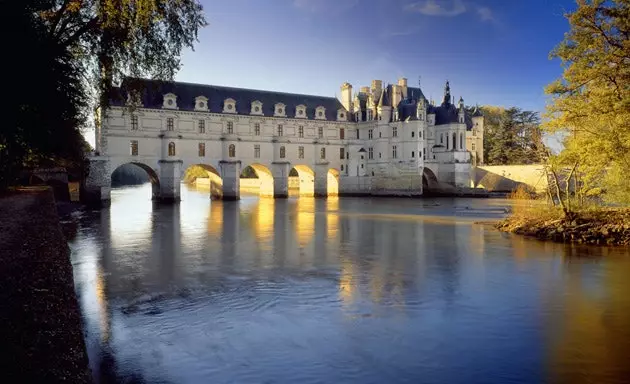
The Château de Chenonceau, one of the most colorful in the Loire Valley
Perhaps it is difficult to understand the mentality of post-medieval France, a place where, despite the prevailing Catholicism, the favourites, the official lovers of the kings , they had a well-defined status at court, they spawned royal bastards without scandal, they were influential, revered, and they competed -sometimes surpassing- in power with the legitimate queens . Proof of this are some of the beautiful castles that still dot the Gallic country, which in its checkered history were sometimes gifts for these women who would end up being part of history thanks to their beauty and lovemaking skills.
The first official favorite was the beautiful Agnes Sorell, also famous for making it fashionable in her time to pluck her eyebrows and bare her breasts . The king Charles VII not only was she not ashamed of his adultery, but she proclaimed it to the four winds and turned his lover into a character to respect and fear. He gave her land and castles, such as the Chateau de Beauté sur Marne, now disappeared, which he would end up baptizing Agnes with the name of "lady of Beauty". However, the main scene of her idyll was the ** castle of Loches, a gift from the king, where she is buried **. Her tomb can be visited under the famous portrait that Fouquet made of her, as a virgin showing off her breasts. The importance of Agnes goes beyond having been the first official mistress of a king: her luxurious dresses and refined customs broke with medieval stoicism and humility, creating trends, inspiring artists and lighting a new era. She traded the dismal spirit of France fresh out of the Hundred Years' War for that vibrant, slightly wasteful, joie de vivre hedonism that is still part of the country's image today.
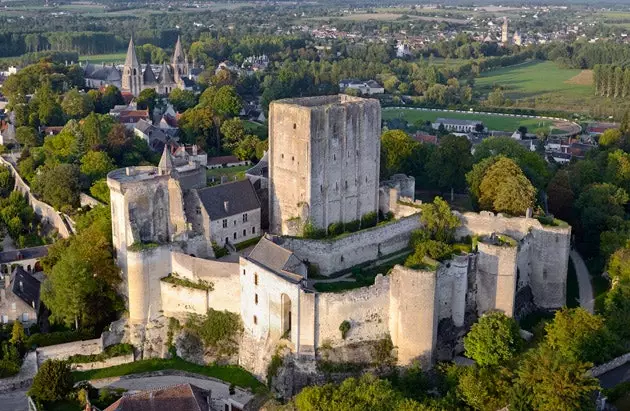
Loches Castle, a gift from Charles VII to Agnes Sorel
The story of Diana of Poitiers it is more bizarre: it includes prophecies of Nostradamus and child prisoners in Madrid. The king Henry II he loved her from the moment when, at only six years old, he was handed over as a hostage to the Spanish court after the French defeat at Pavia. In the Bidasoa, the border between the two kingdoms, the delivery of the hostages took place. Only a beautiful lady came to comfort him and dry her tears; she was Diana de Poitiers, she was 27 years old and that gesture would change her life. She and Henry would become lovers many years later, she already a 37-year-old widow (an old man for the time) and he married to Catherine de' Medici.
This relationship was maintained throughout his life to the dumb hatred of the queen and the stupefaction of the court. , because she was 20 years older than him (although yes, very well managed, the proportions of Diana's face were used as a canon of beauty, that's nothing). Henry gave him the ** Château de Chenonceau ** , one of the most famous and beautiful in the Loire Valley , and she was in charge of reforming the iconic bridge that makes it so recognizable.
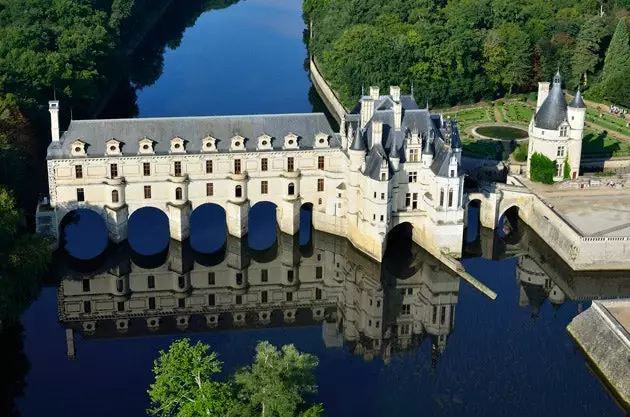
Diane de Poitiers was in charge of reforming the Chenonceau bridge
But Nostradamus had already predicted it (or so one of the cryptic visions of him was interpreted) of him: during a routine tournament, his opponent's spear plunged into the eye of the king, who died in terrible agony. Catherine de' Medici lacked time to strip Diana of her jewels, castles and prebends . But she was not bad. She retired to hers **Castle of Anet**, decorated with multitudes of sculptures, paintings and rose windows of herself as the mythological Diana, which remains virtually unchanged today. She would die there at the age of 66, with practically intact that beauty that had trapped Henry II throughout his life.
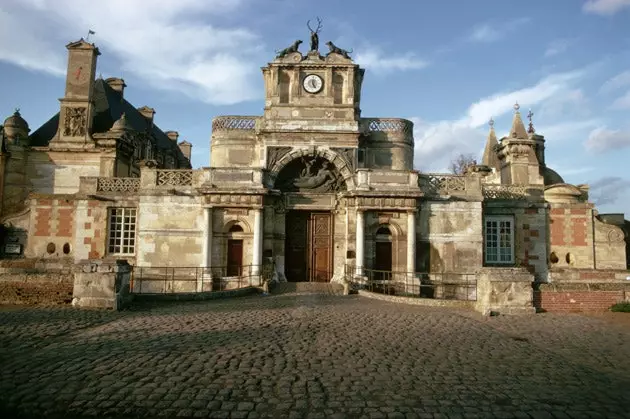
Diane de Poitiers retired to her Château de Anet
There is no doubt that the most famous and influential of her favorites was Madame de Pompadour . Unanimously recognized as an exceptional woman, she possessed enough wisdom to retain the interest of the listless Louis XV even beyond the end of their sexual relations , and she had the intelligence and sensitivity to protect artists, architects and encyclopedists. She also showed more interest than the king himself in the politics of the country, in which she greatly influenced.
As a good bourgeoisie, a great financier, she promoted the creation of Sevres pottery, of factories, and she did not hesitate to lend money at high interest. Her influence on the castles she acquired or obtained throughout her life is remarkable. : he built the now-destroyed Bellevue pavilion, he promoted the construction of the Petit Trianon, which would be Marie Antoinette's playhouse, he owned the Champs Palace, the Ménars Palace... He reformed the Elysée Palace itself, today the official residence of the presidents of the Republic, giving it much of its current appearance. But probably his greatest legacy is not in specific buildings, but in the Louis XV decorative style, which she inspired . Even today her name is a symbol of a world that was about to disappear forever.
After Pompadour's death, King Louis XV found a successor in Madame DuBarry . She was the last official favorite of the monarchy ; she would later have others, just like other kings in France, but after 1789, definitely, nothing was the same again. The Du Barry lived in Versailles until the king's death, at which time she retired first to a convent (a classic in the lives of these women who in the eyes of society had many faults to expunge) and then to the gift that she had obtained from the monarch, the Château de Louveciennes , a beautiful example of neoclassical architecture in which Fragonard's paintings stand out.
Her end was uneven and typical of a woman of her condition at that time: during the years of Terror she was accused of collaborating against the enemies of the Revolution. In the same Louveciennes would receive the macabre gift of the bloody head of her lover, Brissac, killed by the revolutionaries . Still, flippant and unaware of the real danger, she scrapped her friends' plans to flee to London, and in the end her head, born to her to wear powdered wigs, was also severed by the guillotine. The Old Regime was dead.
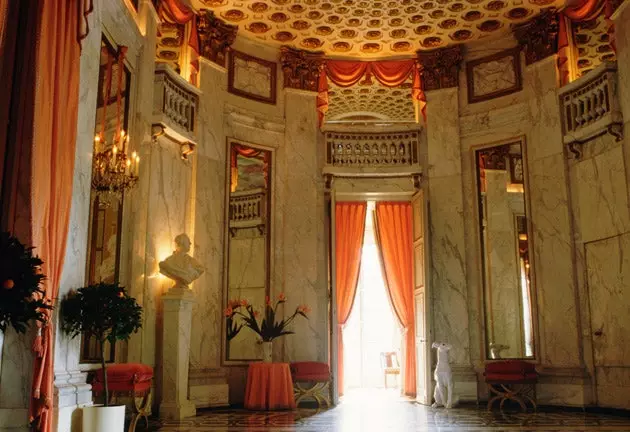
Chateau de Louveciennes, neoclassical beauty
